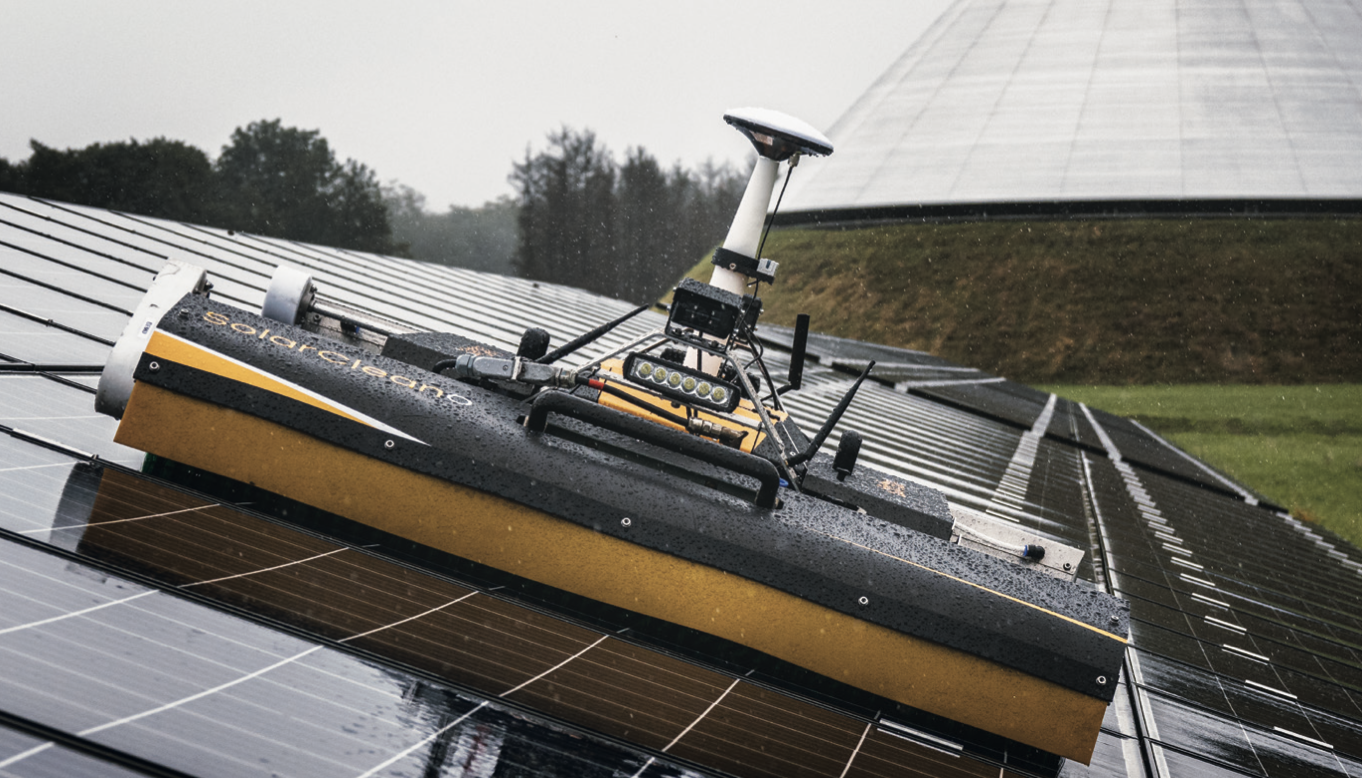With the increasing demand for renewable energy, solar energy production is rapidly growing around the world and the size of solar plants is increasing as well. More and more nations come to realise the potential of planting solar panels in deserts which creates value on low fertility grounds.
Extending up to several million square metres with year-long sunshine, deserts are the best place for harvesting solar power. According to Power Technology, the 10 largest solar plants in the world are all situated in dry areas1.
However, soiling problem is also the worst in arid and semi-arid environments around the world. Arid conditions favour atmospheric dust that easily stays on modules, resulting in high concentration of dust layer within a short period of time. Substantial impacts on electrical yield have been observed when modules are not cleaned regularly. Up to 1.5 soiling losses can be expected, sometimes even within a week.
Current solutions to solar panel cleaning in deserts: pros and cons
Current solutions to solar panel cleaning include water cleaning (wet clean) and waterless cleaning (dry clean). While wet cleaning is widely adopted in most regions, dry cleaning remains an economic and efficient solution to panels in dry regions where water is scarce, and the thin film of wind-blown dust on solar panels can easily be swiped away with a special dry brush. Numerous technologies have been conceived and practised, each with its own pros and cons:
1
https://www.power-technology.com/features/the-worlds-biggest-solar-power-plants/


























